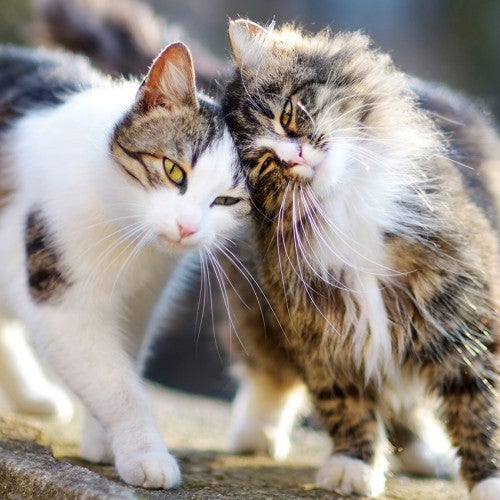At Humane World for Animals, we believe that knowledge is the key to better lives for pets, wildlife and the people who care for them. Our expert-curated Animal Care Resources library provides trusted, science-backed guidance on pet adoption, health, behavior, and humane solutions for coexisting with wildlife.
We've compiled these resources to help you make informed, compassionate decisions—whether you’re welcoming a new pet, navigating behavior challenges or seeking humane ways to manage wildlife conflicts.
Animal Care Resources
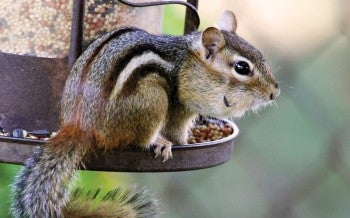
Chipmunks are cute, but occasionally they get into our house or bird feeders. We have tips if you need to help them escape or want to keep them out of your yard.

Beavers help steward wetlands and prevent serious flooding, but occasionally their actions can lead to nuisances like tree damage that can be dealt with humanely.
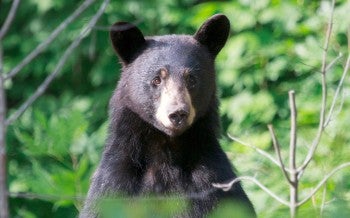
Bear troubles in your neighborhood? Bird feeders, unsecured pet food, garbage, compost, containers for recycling, and grills may be bringing them to your back door.
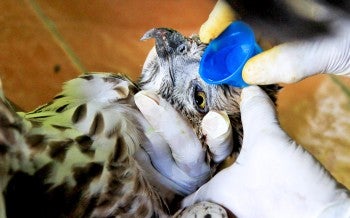
Find a local wildlife rehabber to help orphaned, sick or injured animals using this directory from state departments.
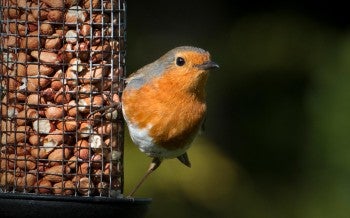
Are cats stalking your backyard bird feeder? Here’s how you can help both birds and cats.
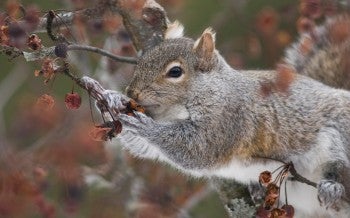
Here are 13 ways you can turn your backyard into a habitat that supports wildlife.
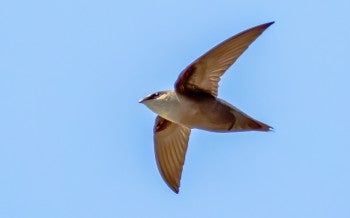
At least half of birds who hit windows die from the impact or soon after. Learn how to make your windows bird-safe and help birds if they do suffer a collision.
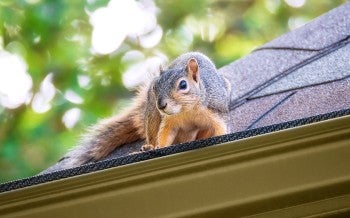
This season, combine gutter cleaning with inspections of your roof, attic, chimney and siding to keep wildlife from moving into your house.
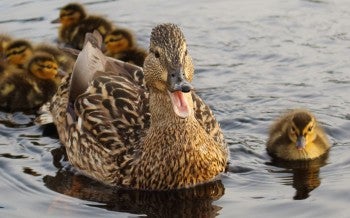
Simple ways swimming pool owners can save the lives of wildlife in their backyard.
Keep me up to date!
I want to know the latest news and the quick, simple actions I can take to help animals each week.
Anna/Adobe Stock photo
